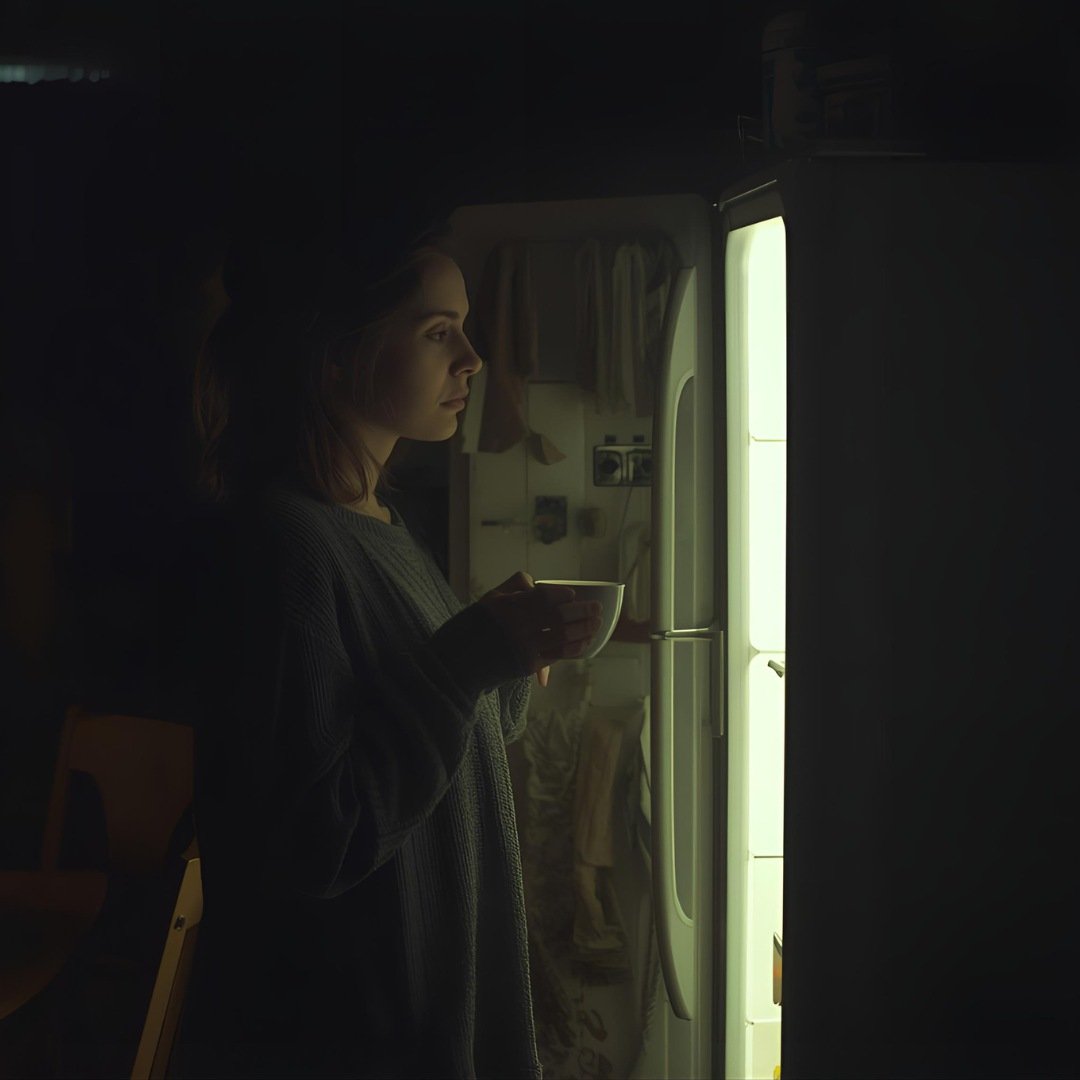Disclosure:
Thank you for reading this post, don't forget to subscribe!
Some of the links on this website are affiliate links. This means that if you click on the link and make a purchase, we may receive a small commission at no extra cost to you. Your support helps us keep the site running.Learn more on my Privacy Policy and Affiliate Disclosure page. Thank you for your support!

Yoga, a sacred practice that has its roots in ancient India, has, in recent decades, transcended cultural and geographic boundaries, becoming a global phenomenon. With millions of practitioners worldwide, its transformative benefits, both physical and mental, are undeniable. But beneath its serene facade, the yoga industry is grappling with troubling issues that often remain hidden in its shadows. While many associate yoga with enlightenment, peace, and spiritual growth, a darker side has been steadily rising. From the rampant commercialization of an ancient tradition to the exploitation of teachers, the yoga world is not immune to challenges. This article dives deep into the lesser-known aspects of this multi-billion-dollar industry and sheds light on the hidden realities behind its rapid rise.
The Commercialization of an Ancient Practice
Yoga has undergone a dramatic transformation, from a spiritual and philosophical discipline aimed at personal enlightenment to a lucrative billion-dollar industry. The global yoga market now encompasses everything from designer yoga mats and high-end retreats to branded yoga wear and studio memberships. In the process, yoga’s core principles—rooted in mindfulness, balance, and unity—have been diluted by commercial interests.
In traditional yoga, the emphasis was placed on personal growth and connection to a higher self. However, with its rise in popularity, yoga has become commodified, with the emphasis often shifting towards external rewards—whether that’s the perfect body or the latest yoga fashion trend. This shift has sparked concerns that the true essence of yoga is being lost amid the pursuit of profit.
Read next: For more on creating inclusive yoga spaces, How to Make Yoga Accessible to Everyone.
How the Billion-Dollar Industry Impacts Yoga’s Principles
The overwhelming success of the yoga industry has led to a proliferation of yoga classes, teachers, and products, but it has also given rise to a culture of competition. Yoga brands capitalize on the aspirational aspects of the practice, promoting images of flawless practitioners in scenic settings. The problem lies in the fact that the essence of yoga—a personal journey towards self-awareness and inner peace—has become overshadowed by a focus on appearances and commercial gain.
Many traditional yogis argue that the commercialization of yoga undermines the foundational values of the practice. Instead of fostering humility and self-compassion, yoga is increasingly being marketed as a lifestyle of prestige, exclusivity, and perfection. The unfortunate consequence is a superficial engagement with a practice meant to be deeply transformative and inclusive.
The Myth of the Perfect Yogi

One of the most pervasive myths in the modern yoga world is that of the “perfect yogi.” Social media platforms like Instagram are flooded with images of lithe, flexible practitioners, creating unrealistic body standards for the broader yoga community. These portrayals have led to a distorted understanding of yoga, placing undue pressure on both practitioners and instructors to fit into a narrow, often unattainable mold.
The Mental Health Pressures on Yoga Practitioners
Yoga is often touted as a panacea for stress and mental health issues, but the pressure to achieve perfection in poses or embody a yogic lifestyle can ironically contribute to stress and anxiety. Instructors, particularly those just starting out, face immense pressure to look the part—fit, serene, and spiritually evolved. In reality, however, many instructors struggle with the same mental health challenges as their students.
The rise of social media has only exacerbated these pressures. When yoga practitioners are constantly exposed to flawless, heavily curated images, they may start to feel inadequate. This can result in overexertion during practice, a diminished sense of self-worth, and a growing disconnect from the authentic purpose of yoga. For many, yoga becomes more about performing for others rather than personal growth.
read more about: Interested in exploring more about the ethical concerns surrounding yoga? Yoga Alliance offers resources for understanding the ethical responsibilities of yoga teachers and practitioners.
Cultural Appropriation in Modern Yoga
Yoga’s transition from a sacred practice in India to a global fitness trend has been accompanied by debates about cultural appropriation. The Westernization of yoga has led to a dilution of its rich spiritual and cultural context. Poses and practices that hold deep meaning within Hindu, Buddhist, and Jain traditions are often stripped of their significance, commodified, and rebranded as fitness routines.
Western Adaptation vs. Traditional Indian Practices
While many Western practitioners embrace yoga for its physical benefits, the spiritual and philosophical aspects are often overlooked. The chanting of mantras, use of sacred symbols, and the teaching of ancient scriptures have, in some instances, been trivialized. Terms like “namaste” are casually tossed around in classes and on merchandise, often without an understanding of their deeper meaning.
Cultural appropriation becomes especially problematic when sacred symbols and rituals are used for profit without giving due credit or respect to their origins. The commodification of yoga has sparked backlash, particularly from Indian scholars and traditional practitioners, who argue that the Westernized version of yoga misrepresents and oversimplifies the tradition.
The Dark Side of Guru Culture
The concept of the “guru” has long been integral to yoga, symbolizing the teacher-student relationship through which wisdom is passed down. However, in recent years, there have been high-profile scandals in which yoga gurus have abused their power, resulting in allegations of sexual misconduct, emotional manipulation, and financial exploitation.
Find out more about: Cultural Appropriation in Yoga: What It Is and Why It Matters.
Abuse of Power in Yoga Communities
In the hierarchical world of yoga, where gurus are often seen as infallible, there is a potential for exploitation. Students who seek spiritual growth may be vulnerable to manipulation by those in positions of authority. Some gurus have been accused of exploiting this dynamic, leading to a number of legal cases and personal stories of abuse.
Prominent figures such as Bikram Choudhury, founder of Bikram Yoga, have been involved in high-profile scandals, which have cast a shadow over the global yoga community. These cases serve as a reminder of the importance of maintaining ethical standards and accountability within yoga communities.
Physical Risks and Injuries
Though yoga is widely perceived as a low-impact, gentle form of exercise, it is not without its risks. When improperly practiced, yoga can lead to a variety of physical injuries, from strained muscles to more serious injuries like ligament tears or slipped discs.
The Dangers of Competitive Yoga Environments
The competitive atmosphere in some yoga classes can encourage practitioners to push themselves beyond their physical limits, leading to injury. Advanced poses that require significant flexibility and strength can be dangerous for beginners who may feel pressured to keep up with more experienced students. In some cases, teachers may push students to hold poses for longer than is safe, further increasing the risk of injury.
Check this: The Yoga Revolution with Seane Corn
Despite yoga’s focus on self-awareness and mindfulness, the reality is that many yoga classes, particularly in high-end studios, promote a more intense, fitness-oriented approach that neglects proper safety precautions. As a result, many practitioners end up with injuries that could have been avoided with a more mindful, individualized approach.
The Exploitation of Yoga Teachers
While the global yoga industry generates billions of dollars in revenue, many yoga teachers struggle to make a sustainable living. Yoga instructors often work freelance, without benefits or job security, and face the constant pressure to maintain a certain image—both physically and socially.
Low Pay and Lack of Benefits
For many instructors, the reality of teaching yoga is far from the serene image often portrayed. The pay is often low, and job opportunities can be scarce, particularly in competitive urban markets. Many teachers are forced to work multiple jobs to make ends meet, even while promoting a lifestyle that emphasizes peace and balance. This disparity between the industry’s profitability and the financial struggles of its teachers is one of the more glaring contradictions in the modern yoga world.
Greenwashing in Yoga Products

As yoga has become more mainstream, so has the market for yoga-related products. Eco-friendly yoga mats, clothing, and accessories are now a major part of the industry, often marketed to appeal to conscious consumers. However, many of these products are far from the sustainable choices they claim to be.
further reading: Yoga for Beginners: Master These 10 Essential Poses to Kickstart Your Journey.
The Environmental Impact of Yoga Gear
The production of yoga mats, particularly those made from PVC (polyvinyl chloride), can have significant environmental consequences. While some brands claim to offer “eco-friendly” alternatives, the reality is that the production process for these products is often anything but sustainable. Misleading marketing campaigns exploit consumers’ desire to make environmentally conscious choices, but many products fail to live up to their green claims.
The Exclusivity Problem
Despite its roots as an inclusive practice for all, modern yoga has become increasingly inaccessible to certain demographics. High-priced classes, expensive gear, and a lack of diversity in representation have contributed to the perception that yoga is an exclusive practice for the wealthy, young, and able-bodied.
Lack of Diversity in Yoga Representation
Mainstream yoga culture is often dominated by images of slim, flexible, and predominantly white women. This lack of diversity can alienate individuals who don’t fit this mold, particularly people of color, individuals with disabilities, and those from lower-income backgrounds. The exclusivity problem is a reflection of broader issues in society, but it stands in stark contrast to the inclusive philosophy that yoga is supposed to represent.
similar read:
Mindfulness or Mindlessness?
With the rise of yoga has come a parallel boom in meditation and mindfulness practices. These practices, deeply intertwined with yoga, have also been commodified, repackaged, and sold as quick fixes for stress and anxiety. But when mindfulness is reduced to a trendy buzzword, it can lose its substance.
How the Essence of Yoga is Lost in Trendy Practices
Mindfulness is meant to be a deeply personal practice of presence and awareness. However, in the rush to commercialize, it has been reduced to short, digestible sessions that promise instant relief. The over-commercialization of these practices dilutes their true potential and reinforces a culture of quick fixes, rather than sustained, meaningful change.
Reclaiming the True Spirit of Yoga
Despite the challenges outlined, there is hope for reclaiming the true spirit of yoga. Around the world, there are initiatives working to reconnect yoga with its authentic roots, emphasizing inclusivity, accessibility, and a return to its core values.
Practicing Yoga Authentically
Authentic yoga practice is about self-awareness, humility, and inner peace. Rather than focusing on achieving the perfect pose or accumulating material symbols of the yoga lifestyle, practitioners are encouraged to reconnect with the practice’s spiritual roots. Whether through community-based yoga classes, supporting fair trade yoga products, or engaging with the philosophical teachings of yoga, there are ways to navigate the modern yoga landscape without losing sight of its essence.
explore more:
Conclusion
The yoga world, like any other industry, has its flaws. While its global rise has brought undeniable benefits, it has also introduced challenges that need to be addressed. Awareness of these hidden shadows allows practitioners to make informed choices about how they engage with yoga, ensuring that its true essence remains intact. Yoga, at its core, is about balance—both on and off the mat. By staying mindful of these challenges, we can strive towards a more inclusive, authentic, and compassionate practice that honors its ancient roots.
FAQs
How has yoga changed due to commercialization?
Yoga has significantly transformed due to commercialization. Originally a spiritual and meditative practice focused on inner growth, yoga is now part of a multi-billion-dollar industry. In its commercial form, yoga often emphasizes physical fitness, appearance, and materialism—think designer yoga gear and expensive retreats—rather than its deeper, philosophical roots. The commodification of yoga has led to a shift in focus from mindfulness and self-awareness to profit-driven activities, sometimes overshadowing its authentic, spiritual purpose.
What are the risks of competitive yoga environments?
Competitive yoga environments can push practitioners beyond their physical limits, which increases the risk of injury. The pressure to perform advanced poses or match the flexibility and strength of others can lead to strained muscles, joint damage, or more severe injuries like ligament tears. The emphasis on competition detracts from yoga’s core principles of self-awareness and mindfulness, turning what should be a personal, reflective practice into a physical contest, which can also have negative mental health consequences.
Is there cultural appropriation in modern yoga?
Yes, cultural appropriation is a significant issue in modern yoga. Western adaptations of yoga often remove the practice from its original cultural and spiritual context, reducing it to a form of exercise or wellness trend. Sacred symbols, mantras, and practices from Indian spiritual traditions are frequently commercialized without acknowledging their deep cultural significance. This can be disrespectful and harmful to the cultures from which yoga originated, especially when these elements are used purely for profit and stripped of their meaning.
Why are many yoga teachers underpaid?
Many yoga teachers are underpaid due to the highly competitive nature of the industry, where instructors often work on a freelance basis without benefits or job security. Yoga classes in some regions are oversaturated, making it difficult for teachers to find consistent, well-paying opportunities. Additionally, the commercialization of yoga prioritizes profit for studios and corporations, often leaving teachers with low wages despite the industry’s massive revenue. The expectation for teachers to maintain a specific lifestyle or image adds further pressure without necessarily increasing their income.
Are “eco-friendly” yoga products really sustainable?
Not all “eco-friendly” yoga products are truly sustainable. Some brands engage in greenwashing, marketing their products as environmentally friendly without offering meaningful sustainability. For example, yoga mats made from PVC, a harmful plastic, are often labeled as eco-friendly despite the significant environmental impact of their production and disposal. Truly sustainable yoga products are made from biodegradable or recyclable materials like natural rubber, cork, or organic cotton, but consumers must do their research to avoid falling for misleading claims.
How can we practice yoga authentically in modern times?
Practicing yoga authentically in modern times means reconnecting with its original purpose—self-awareness, inner peace, and spiritual growth—rather than focusing solely on its physical aspects. To practice authentically, one can incorporate mindfulness, meditation, and the ethical principles of yoga, like compassion and non-violence (ahimsa). Supporting inclusive, community-based yoga programs, learning about yoga’s philosophical roots, and respecting its cultural significance can also help foster a more authentic practice. Ultimately, practicing yoga authentically means engaging with it as a holistic, personal journey, rather than a commercial or performative activity.
More about:
HEALTH / FITNESS / WELLNESS / NUTRITION
SHARE THIS ARTICLE













